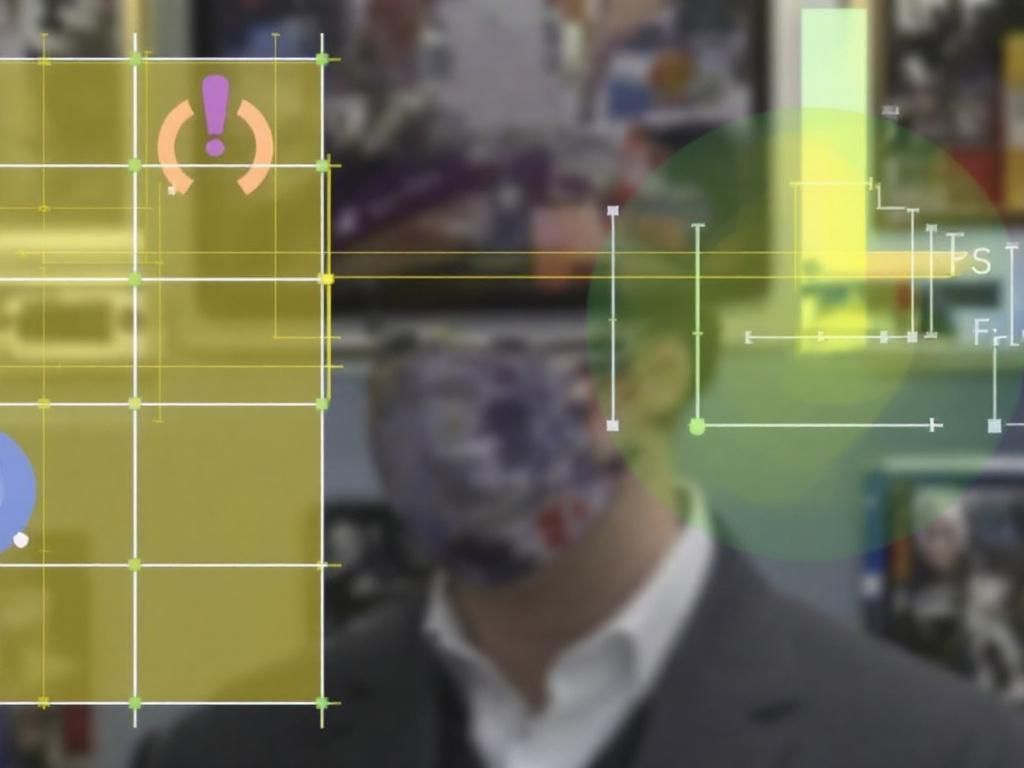In the rapidly evolving world of technology, leveraging advanced tools and techniques can significantly enhance the functionality and user experience of applications. Object detection APIs have emerged as powerful resources that can transform the way developers build and innovate. Whether you’re creating a mobile app or a web-based platform, integrating object detection capabilities can open the door to a myriad of possibilities. This article delves into the fundamentals of object detection APIs, their applications, and how to effectively integrate them into your projects.
What is Object Detection?
Object detection is a computer vision technique that involves the identification and localization of objects within an image or video. Unlike simple image classification, which only determines what object is present, object detection also specifies where the objects are located. This is typically represented using bounding boxes around detected objects, accompanied by class labels.
Key Concepts in Object Detection
- Bounding Boxes: These are rectangular boxes that outline detected objects.
- Class Labels: Each detected object is assigned a label that indicates its category.
- Confidence Score: This score reflects the certainty of the detection, often measured between 0 and 1.
- Real-Time Processing: Many modern applications require object detection capabilities in real-time.
Applications of Object Detection
The versatility of object detection APIs allows them to be utilized across various domains. Below are some notable applications:
1. Autonomous Vehicles
Object detection is crucial for the navigation systems of self-driving cars, enabling them to identify pedestrians, traffic signs, other vehicles, and obstacles in real-time.
2. Retail and Inventory Management
Retailers can use object detection to monitor stock levels, manage inventory, and enhance customer experiences through smart checkout systems.
3. Security and Surveillance
In security applications, object detection can aid in identifying intruders, suspicious objects, or even counting the number of people in a specific area.
4. Augmented Reality (AR)
AR applications rely on object detection to overlay digital information onto real-world objects, providing users with an interactive experience.
Popular Object Detection APIs
Several APIs are available that provide robust object detection capabilities. Here’s a summary of some of the most popular options:
| API | Description | Key Features |
|---|---|---|
| Google Cloud Vision | Provides powerful image analysis capabilities including object detection. | Label detection, face detection, landmark detection, and text detection. |
| AWS Rekognition | Amazon’s service for image and video analysis with object detection. | Facial analysis, object tracking, and sentiment analysis. |
| OpenCV | A library that allows for real-time computer vision tasks. | Custom model training, support for different programming languages, extensive community support. |
| Microsoft Azure Computer Vision | Offers image processing and analysis with robust object detection features. | Spatial analysis, tagging, and optical character recognition. |
Integrating Object Detection APIs into Your Applications
Integrating an object detection API can be straightforward if you follow a systematic approach. Here are the steps you can follow:
Step 1: Choose the Right API
Evaluate the needs of your application and choose an API that aligns with your objectives. Consider factors such as:
- Required features
- Pricing
- Ease of integration
- Performance metrics
Step 2: Set Up an Account
Most APIs require you to create an account and obtain an API key for authentication. Make sure to keep this key secure.
Step 3: Integrate the API
Use the documentation provided by the API to integrate it into your application. This typically involves:
- Installing the necessary SDK or library.
- Configuring authentication settings.
- Implementing API calls to send images for analysis.
Step 4: Process the API Response
Once you receive a response from the API, you will need to process the data. This may include:
- Parsing JSON responses
- Displaying detected objects in the UI
- Triggering actions based on the detection results
Step 5: Test and Optimize
Conduct thorough testing to ensure that the integration works as expected. Monitor performance and optimize as necessary to improve response times and accuracy.
Best Practices for Using Object Detection APIs
To maximize the effectiveness of object detection in your applications, consider the following best practices:
- Optimize Image Quality: Ensure that images sent to the API are of high quality and properly formatted.
- Use Contextual Information: Incorporate contextual data to refine detection results, such as location or time of day.
- Regular Updates: Stay updated with the latest features and improvements offered by the API.
- Monitor Usage: Keep track of API usage to avoid exceeding limits and incurring unexpected costs.
Challenges of Object Detection
While object detection APIs offer powerful capabilities, they also come with challenges:
1. Data Privacy
Utilizing cloud-based APIs often raises concerns about data privacy and security. Ensure compliance with regulations and secure user consent.
2. Accuracy and Reliability
The accuracy of object detection can vary based on factors such as lighting conditions, object occlusions, and the quality of the training data.
3. Cost
Depending on usage, costs can escalate, especially for services that charge per API call. Budget accordingly and explore cost-effective solutions.
Conclusion
Object detection APIs represent a transformative technology that can enhance applications across various industries. By understanding the fundamentals, exploring different APIs, and following best practices for integration, developers can harness the power of object detection to create innovative solutions that meet the demands of a tech-savvy audience. Embrace the potential of this technology and stay ahead in the competitive landscape of app development.
FAQ
What are Object Detection APIs?
Object Detection APIs are tools that allow developers to identify and locate objects within images or video streams using machine learning algorithms.
How can Object Detection APIs benefit my application?
Object Detection APIs can enhance user experience by enabling features such as real-time object tracking, automated tagging, and improved image search functionalities.
Are Object Detection APIs easy to integrate into existing applications?
Yes, most Object Detection APIs offer comprehensive documentation and SDKs that simplify integration into various platforms, making it accessible for developers.
What industries can benefit from Object Detection APIs?
Industries such as retail, security, automotive, and healthcare can leverage Object Detection APIs for tasks like inventory management, surveillance, autonomous driving, and medical imaging.
Do Object Detection APIs require advanced machine learning knowledge?
No, many Object Detection APIs are designed for ease of use, allowing developers with minimal machine learning expertise to implement powerful object detection capabilities.




